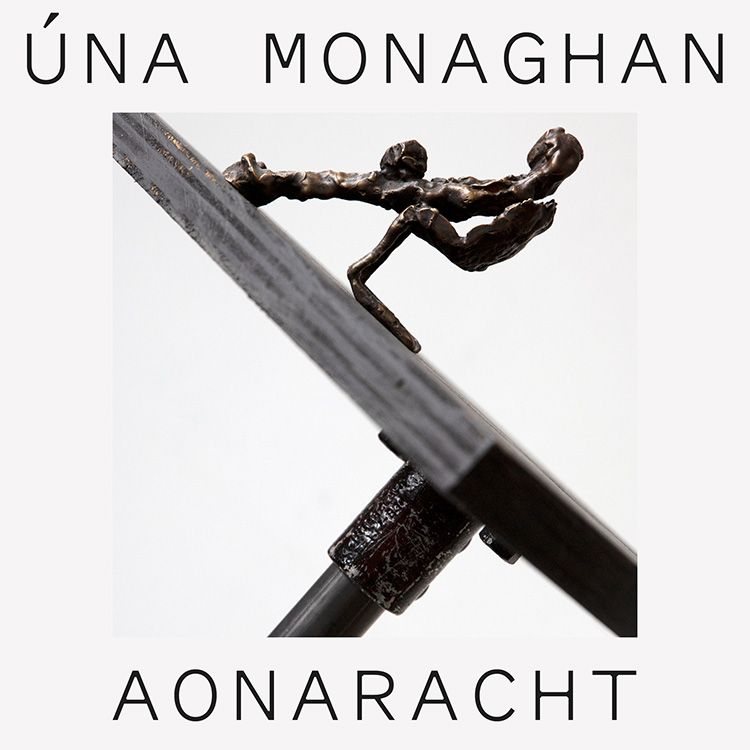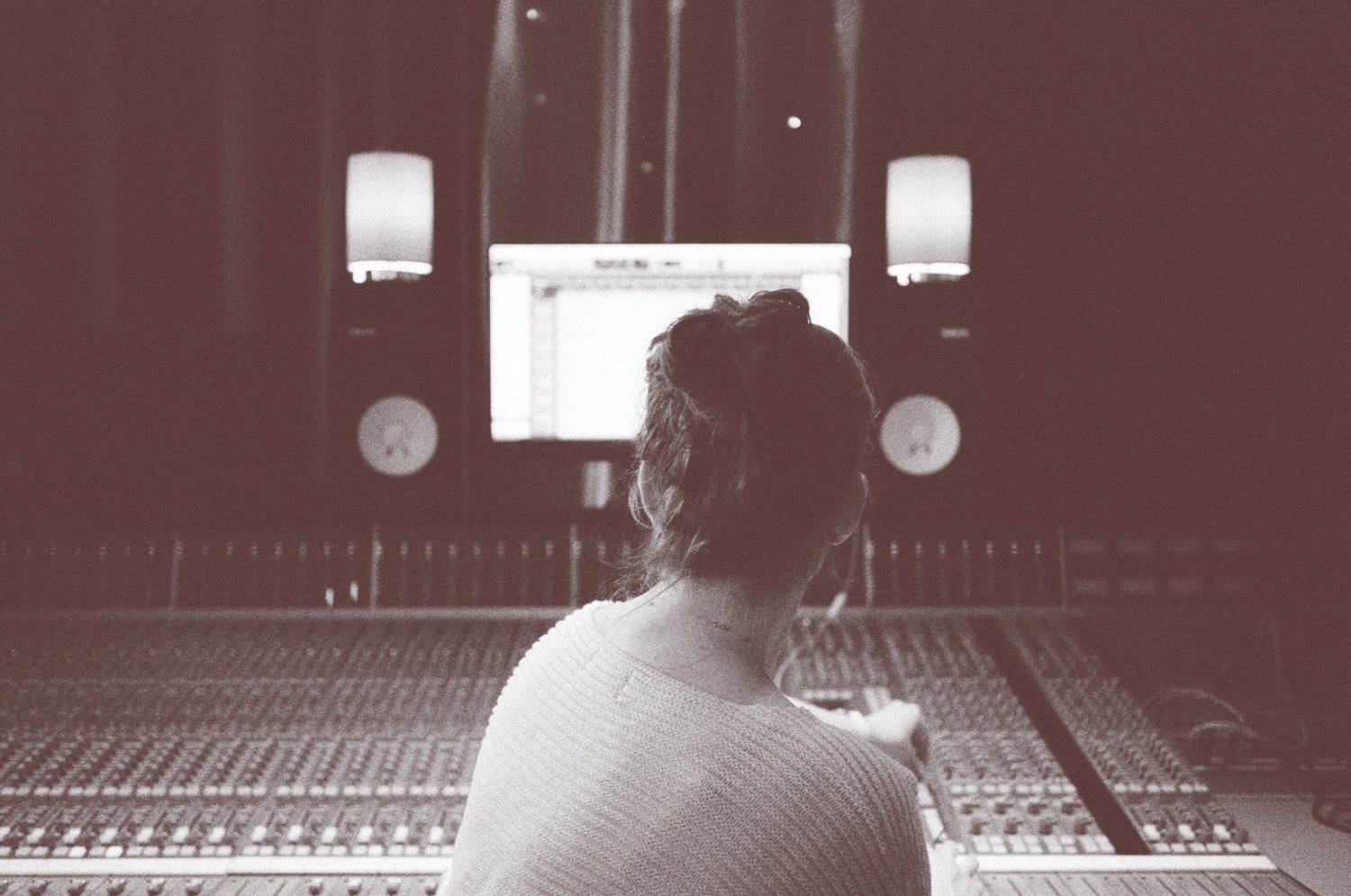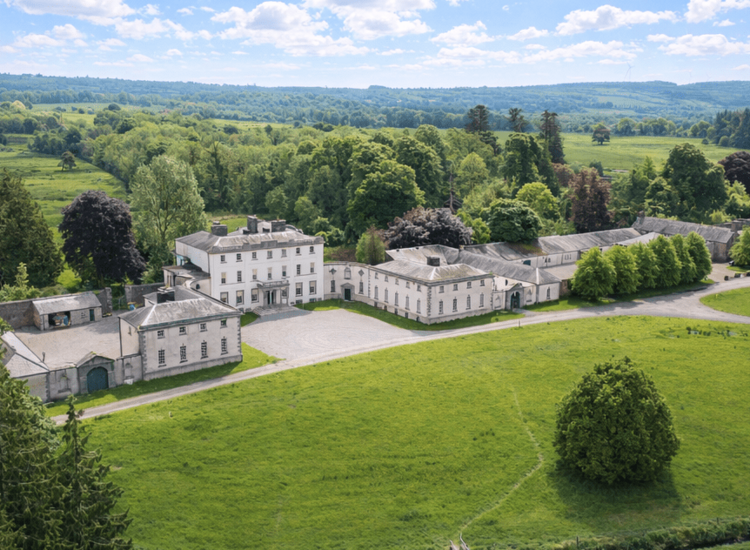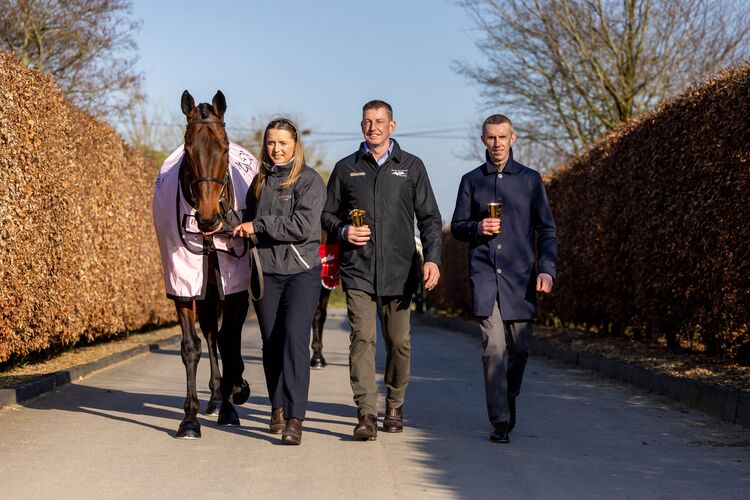It seems like I’ve been the bearer of bad news a lot recently and I’m sorry to say I’ve a bit more to report. This past week, we lost a pair of important folks in Joan McNiff Cass and Pete Mancuso. Mancuso, whose son Matt is an accomplished multi-instrumentalist who currently plays in the Eileen Ivers band, was a familiar face to New York’s traditional music community for over 40 years. A fine guitar player and a friend to musicians throughout New and Ireland, Pete added great humor to and a unique energy to every session and gig in which he took part. He will be sorely missed.
Cass, on the other hand, was a legendary dancer. Born in Belfast in 1939, she (TCRG/ADCRG) and her two brothers, Peter and Cyril, grew up studying Irish dance and opened the McNiff School of Irish Dancing. When the family came to New York in 1948, they brought the dance school with them and found great success. Cass was an important part of the school and its performing group, and with them was among the very first Irish dancers to appear on American television, including the Ed Sullivan and Arthur Godfrey Shows. She also took regular part in Carmel Quinn’s annual shows at Carnegie Hall.
The McNiff School's style of dance became hugely influential and led to a revolution in Irish dance that yielded champion dancers like Donny Golden, Jean Butler, and hundreds more. Cass was very much at the forefront of this and led her own school before taking the McNiff school after her brother Cyril died in 1996. She was a kind soul with a gentle heart and her death will be mourned by many.
Sincerest condolences to the Mancuso and Cass families and all their friends. May they be long remembered.
In other news, Moya Sands, daughter of legendary singer and peace activist Tommy Sands, has come out with a card game called "Happy Clan – Exploring Ireland.” The result of pandemic-related frustrations, “Happy Clan” is a game “that aims to teach families about Ireland’s rich culture, natural landscapes, magical mythology and musical heritage in a fun and engaging way.” And while the game appears to be about mythology, folklore, and culture on its face, its ultimate aim is to sharpen observation, memory skills and winning ways in children. A noble pursuit, to be sure.
Best of luck, Moya, on the new project! ”Happy Clan – Exploring Ireland” is currently available for preorder, to learn more, visit https://happy-clan.com/.
In the media player this week is “Aonaracht” by Úna Monaghan. A work of experimental music, “Aonaracht” incorporates computer-based sound and tape loops into live traditional music to create commentaries on a number of themes and issues. She’s joined here by Paddy Glackin (fiddle), Saileog Ní Cheannabháin (piano), Tiarnán Ó Duinnchinn (uilleann pipes), Pauline Scanlon (voice), and Jack Talty (concertina), each of whom plays a major role in realizing Monaghan’s artistic vision. This is a spectacular album that I think deserves a close listen, especially from those who enjoy exploring about traditional music’s role in Irish culture.
It’s a funny thing to say at the top, but Monaghan’s work here will likely alienate orthodox ears. But the music here isn’t about the tunes or about regional style. The buy-in is almost entirely about what Monaghan is trying to say. Listening from this perspective, it becomes easy to hear both the musicality of the individual players and the narrative at play on each track.
“Between The Piper And The Pipes (Music It Might Have Been, But Piping It Certainly Wasn’t),” which features Ó Duinnchinn, “Safe Houses,” which features Talty and “What Haven’t We Heard?”, which features Scanlon, are all fabulous tracks that do fairly straightforward things. While Ó Duinnchinn’s track explores the sounds of the pipes, Talty’s is a response to an AI-driven tune collection based on the session.org, and Scanlon’s is a reading and improvisation on a poem. The performances of all three artists are robust presences and do an excellent job in creating a tableau from which Monaghan can do her work. Monaghan’s creativity rewards an open ear here.

“Traditional Architecture,” which features Ní Cheannabháin, is a fascinating track built off seven of Thomas Moore’s Irish melodies. Much of the music one hears is wildly familiar – “Moore’s Melodies” was a staple of 19th century households, after all – but once again, Monaghan’s interventions provide a secondary level through which to listen, corrupting listener expectations. (Like, it’s modern playing but I’m reminded at times of Dan J. Sullivan’s piano rolls from 1917-1920, which is something I didn’t expect to hear.) It’s fascinating work.
However, my two favorite tracks are “The Chinwag” and “Who Do You Play For?” The basis for “Chinwag” is a 2012 field recording of three elderly women in rural Donegal discussing “funerals, the rose bushes, emigration, picking blackcurrants, and the secret to a long life” over tea and currant bread. In the liner notes, Monaghan explains how “snippets of the women’s voices are manipulated live using pitch detection and motion sensor […] (leaving) an impression of the chinwag rather than the privilege of the whole conversation.” The was the conversation is triggered and processed by Monaghan’s harp playing results in a deeply evocative experience that brings listeners inside this conversation while at the same time maintaining critical separation.
I find “Who Do You Play For?” the album’s most effective and perhaps most interesting. Inspired “by the personal experience of the traditional musician, what they are feeling and why they are playing, it features Paddy Glackin on the fiddle (its sound supplemented by tape and live electronics), the voices of writer Ciaran Carson (reading excerpts from his book “Last Night’s Fun”), poet Cathal Ó Searcaigh reading his own “Orpheus na gCnoic,” and and excerpt of Séamus Creagh playing “Caoineadh Uí Néill,” taken from the 1980 album “An Fhidil Sraith II.”
Here, Glackin has a live relationship with the computer, his playing both feeding a “computer improviser” and triggering recordings of Carson and Ó Searcaigh. The way the track is actually realized (and there will be an alternate realization on the forthcoming vinyl release) is based on how Glackin responds to the sounds he hears and contexts in which he finds them – it’s marvelous to hear.
Of course, Glackin is no stranger to experimental music. “Hidden Ground,” the album he made with Jolyon Jackson, was maybe the first real experiment for serious traditional music. He also appeared on John Cage’s “Roaratorio,” a complex, large scale piece based on Joyce’s “Finnegan’s Wake” that used a pastiche of field recordings of traditional musicians to evoke the detail of Joyce’s work and was clearly one of Monaghan’s inspirations here. Glackin’s ear for what Monaghan is trying to achieve here seems very well tuned and it shows.
“Aonaracht” an incredible album. Monaghan’s artistic vision is clear and wonderfully performed, and the way she uses layered sound to accumulate, deconstruct, and fragment both lived experience and musical expectation extremely well done. Highly recommended, especially for those interested in the ways tradition and artistic innovation can intersect. For more information, visit her website here.








